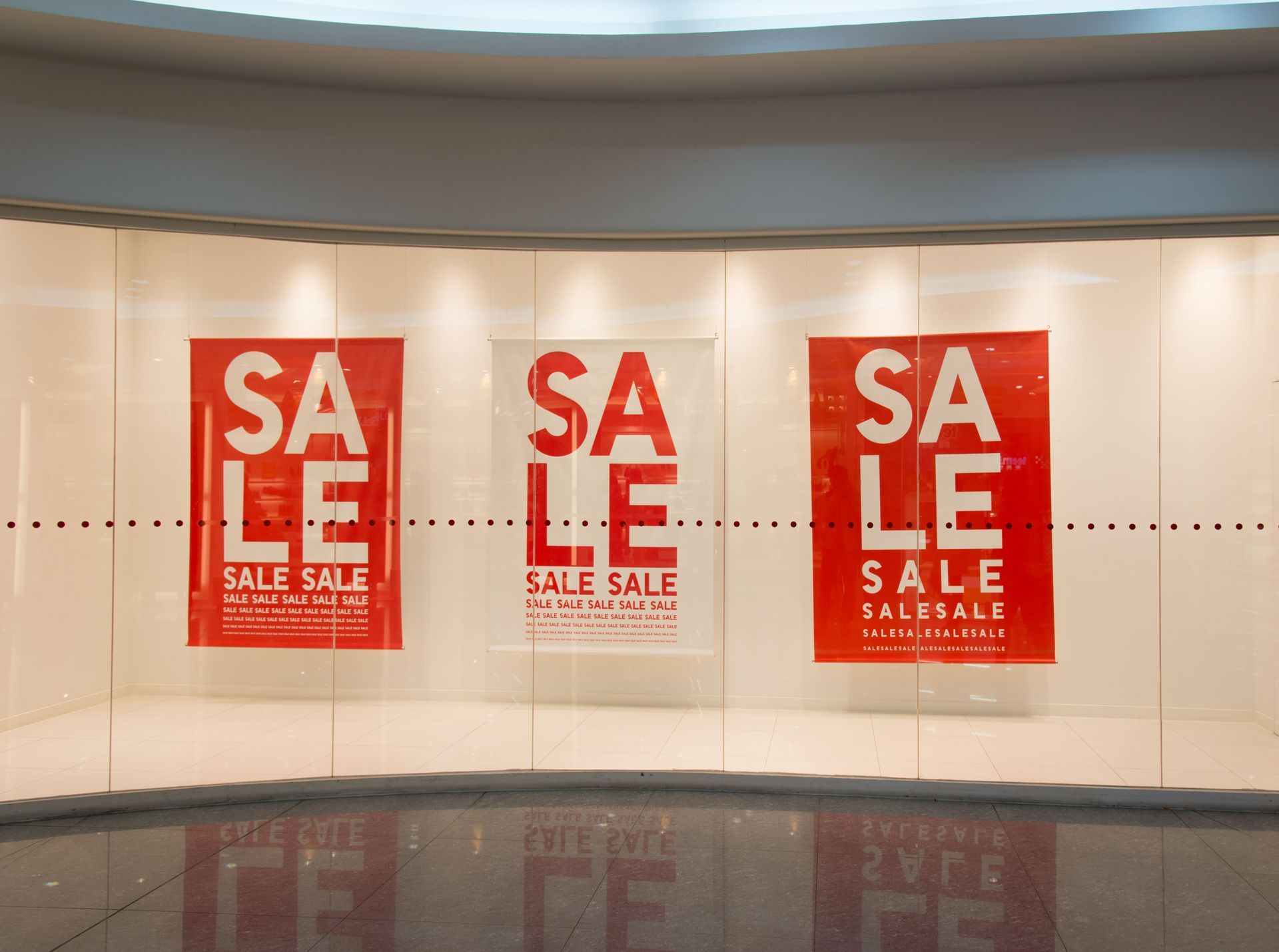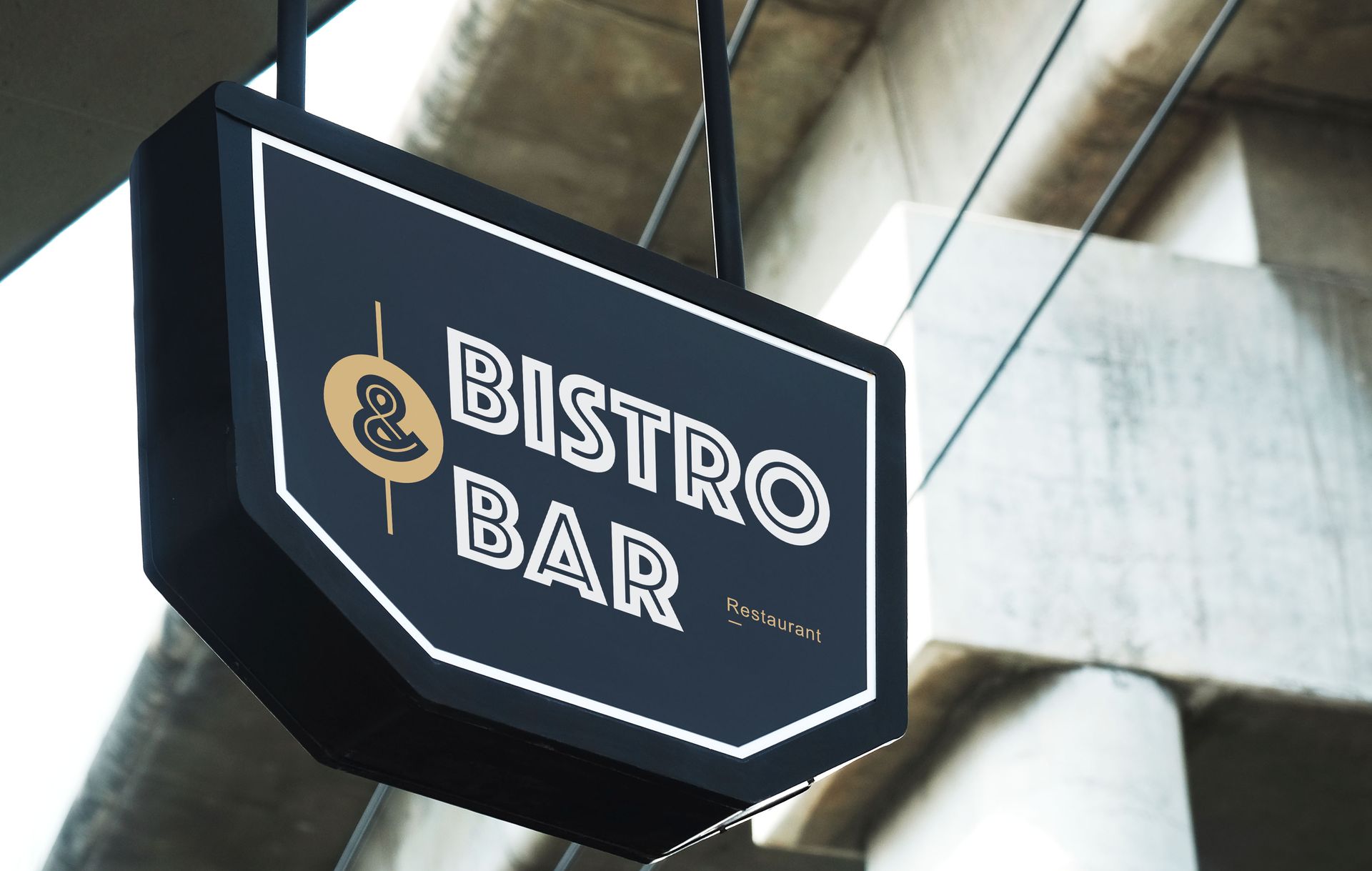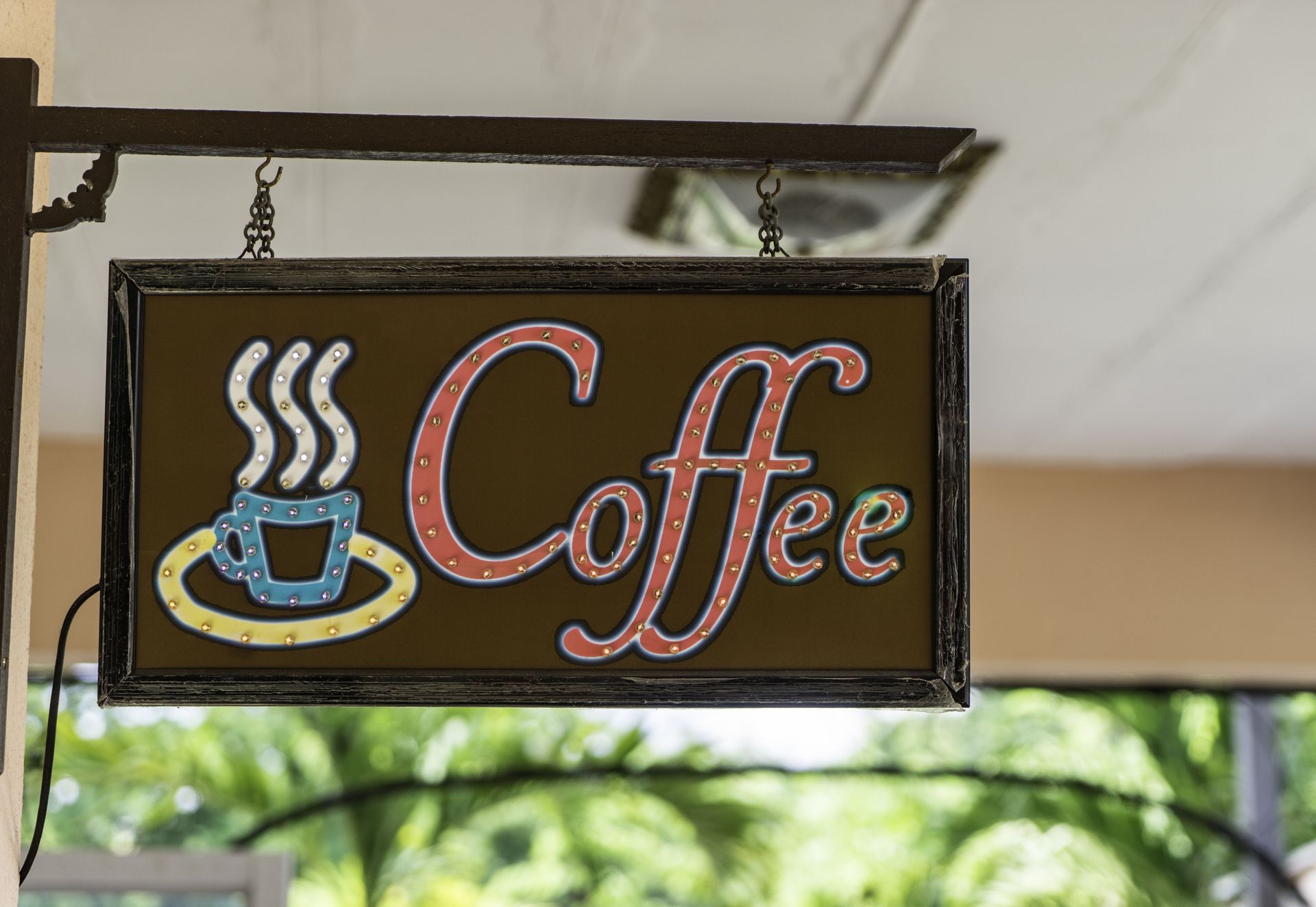What Materials Are Best for Custom Signs?
Understanding the variety of materials available for custom signs is crucial for creating a long-lasting and effective signage solution. Each type of sign material has its unique attributes that make it suitable for specific environments and applications. Selecting the right material involves considering factors such as durability, aesthetic appeal, and cost-effectiveness. As businesses increasingly rely on visual communication to attract customers, knowing the right material for signage can significantly impact brand visibility and sales. According to the Sign Research Foundation, 60% of businesses reported average sales increases of 10% or more by adding or updating their signs. This article explores various materials, detailing their benefits, drawbacks, and ideal applications.
Metal Signs
Types of Metal Used
Metal custom signs are crafted from robust materials such as aluminum, steel, and brass, each offering distinct benefits. Aluminum is lightweight yet sturdy, making it a favorite for both indoor and outdoor applications. Steel, known for its strength, is often used in environments that demand enhanced durability. Brass, with its luxurious appearance, is typically reserved for upscale or antique-themed signage. These metals can be cut and shaped to fit custom designs, offering great versatility in sign-making.
Durability and Longevity
Metals are highly durable, withstanding environmental factors like wind, rain, and temperature changes. Aluminum, for instance, is rust-resistant, adding to its longevity in outdoor settings. Steel, although susceptible to rust if not treated, offers unmatched robustness, making it ideal for signs in industrial areas. Metals like brass also endure over time if properly maintained, ensuring they don't tarnish. This durability makes metal custom signs a prudent investment for long-term use.
Aesthetic Appeal
Metal custom signs exude a high-end visual appeal, available in various finishes and coatings. For instance, brushed aluminum provides a sleek, modern appearance, while galvanized steel offers a rugged, industrial look. Brass signs often feature intricate engravings and a polished finish, highlighting their elegance. Metal's ability to be polished, painted, or coated further enhances its aesthetic versatility. As businesses seek signs that reflect their brand's sophistication, metal offers compelling visual options.
Maintenance Requirements
While metal signs are durable, they do require regular maintenance to retain their luster. Aluminum signs benefit from periodic cleaning with a non-abrasive cloth to remove grime and buildup. Steel signs may need additional protection, such as coatings or paint, to prevent rust and corrosion over time. Brass signs require polishing to avoid tarnish, particularly if exposed to outdoor elements. Proper maintenance ensures these custom signs remain in pristine condition for years.
Cost Considerations
The cost of metal signs varies, influenced by the type of metal and the size of the sign. Aluminum is generally more cost-effective than brass or steel due to its abundance and ease of production. However, the longevity and impact of metal signs often justify the higher initial investment. Businesses must weigh the upfront costs against the potential longevity and branding benefits these custom signs offer. Factors such as design, finishes, and installation further affect pricing.
Plastic and Acrylic Signs
Types of Plastic Materials
Plastic signs include a range of materials like acrylic, PVC, and polycarbonate, each offering unique properties. Acrylic is a popular choice for its clarity and glass-like appearance, used in both indoor and outdoor applications. PVC provides a lightweight yet strong solution, often utilized for temporary or portable signage. Polycarbonate, tougher and more impact-resistant than acrylic, is ideal for high-traffic areas. These materials can be cut, etched, and colored, providing a wide array of design possibilities for custom signs.
Advantages of Plastic Signs
Plastic signs are celebrated for their lightweight and flexible nature, making installation a breeze. They are particularly favored in indoor settings where weight restrictions or aesthetic flexibility are priorities. Acrylic offers a sleek, modern look akin to glass without the fragility, while PVC’s moisture resistance makes it suitable for damp environments. These signs are easily customized with various finishes and colors, allowing for creative branding solutions. Businesses often choose plastic custom signs for their adaptability and cost efficiency.
Disadvantages and Limitations
Despite their advantages, plastic signs come with some drawbacks, primarily in terms of durability and environmental sustainability. Acrylic and PVC can be susceptible to scratches and UV damage, limiting their outdoor application lifespan. While polycarbonate is more resilient, it can yellow over time if exposed to prolonged sunlight. Furthermore, plastic's environmental impact, particularly PVC, poses concerns regarding recyclability and biodegradability. Businesses increasingly consider these factors as sustainability becomes a critical concern when designing custom signs.
Customization Options
Plastic signs offer numerous customization options, making them a favorite for creative designs. Acrylic can be laser cut into intricate shapes, while its surface is ideal for printing vibrant graphics. PVC allows for easy texturing and layering, enabling unique tactile finishes. Polycarbonate's clear nature permits internal lighting for illuminated signs, enhancing visibility and impact. These options allow businesses to create custom signs that align closely with their brand identity, maximizing visual engagement.
Environmental Impact
The environmental impact of plastic signs is a growing concern as sustainability becomes a focal point in business decisions. Many plastics, particularly PVC, are not biodegradable and pose recycling challenges. However, innovations in bioplastics and recyclable options are emerging, offering greener alternatives for sign-making. Businesses mindful of their environmental footprint are exploring these sustainable materials and proper disposal methods. The shift toward eco-friendly practices in signage reflects broader efforts to minimize ecological impact while maintaining the effectiveness of custom signs.
Wood Signs
Types of Wood Used
Wood signs are traditionally made from materials like cedar, oak, and pine, each offering distinct characteristics. Cedar is prized for its natural resistance to moisture and pests, making it suitable for outdoor use. Oak provides a robust, heavy option that stands the test of time with proper care. Pine, being more cost-effective, offers a versatile canvas for both stained and painted finishes. These options cater to different aesthetic and functional requirements in sign-making.
Visual and Textural Appeal
The rustic and natural aesthetic of wood signs gives them a timeless charm that appeals to many businesses seeking an authentic brand image. The grain patterns, rich colors, and textures inherent in wood contribute to its visual warmth and appeal. Custom engravings and finishes allow businesses to harness this natural beauty to convey messages effectively. When carefully crafted, wood custom signs can serve as both functional communication tools and artistic expressions. Their ability to evoke a natural and welcoming atmosphere makes them a popular choice.
Durability and Weather Resistance
While wood signs offer strong visual appeal, their durability hinges on the type of wood and maintenance practices. Cedar's natural oils provide moderate resistance to decay and insects, allowing it to withstand environmental challenges. With protective finishes, oak signs endure weather changes and retain their appearance. However, pine requires regular treatment to prevent warping and decay, especially when exposed to moisture. Proper sealing and periodic care are essential to extend the life of wood custom signs in outdoor settings.
Selecting the best material for custom signs requires careful consideration of various factors, including cost, durability, and aesthetic impact. Each material has its strengths and limitations that businesses must weigh to align with branding goals and environmental considerations. As noted by the Sign Research Foundation, businesses have experienced notable sales improvements following signage updates, underscoring the importance of making informed material choices. By evaluating specific requirements and objectives, businesses can determine the ideal signage solution to enhance their visibility and success. Thoughtful selection ensures the creation of custom signs that not only convey messages effectively but also reinforce brand identity. If you're looking to purchase custom signs for your business, make sure to contact Royal Signs today!





Share On: